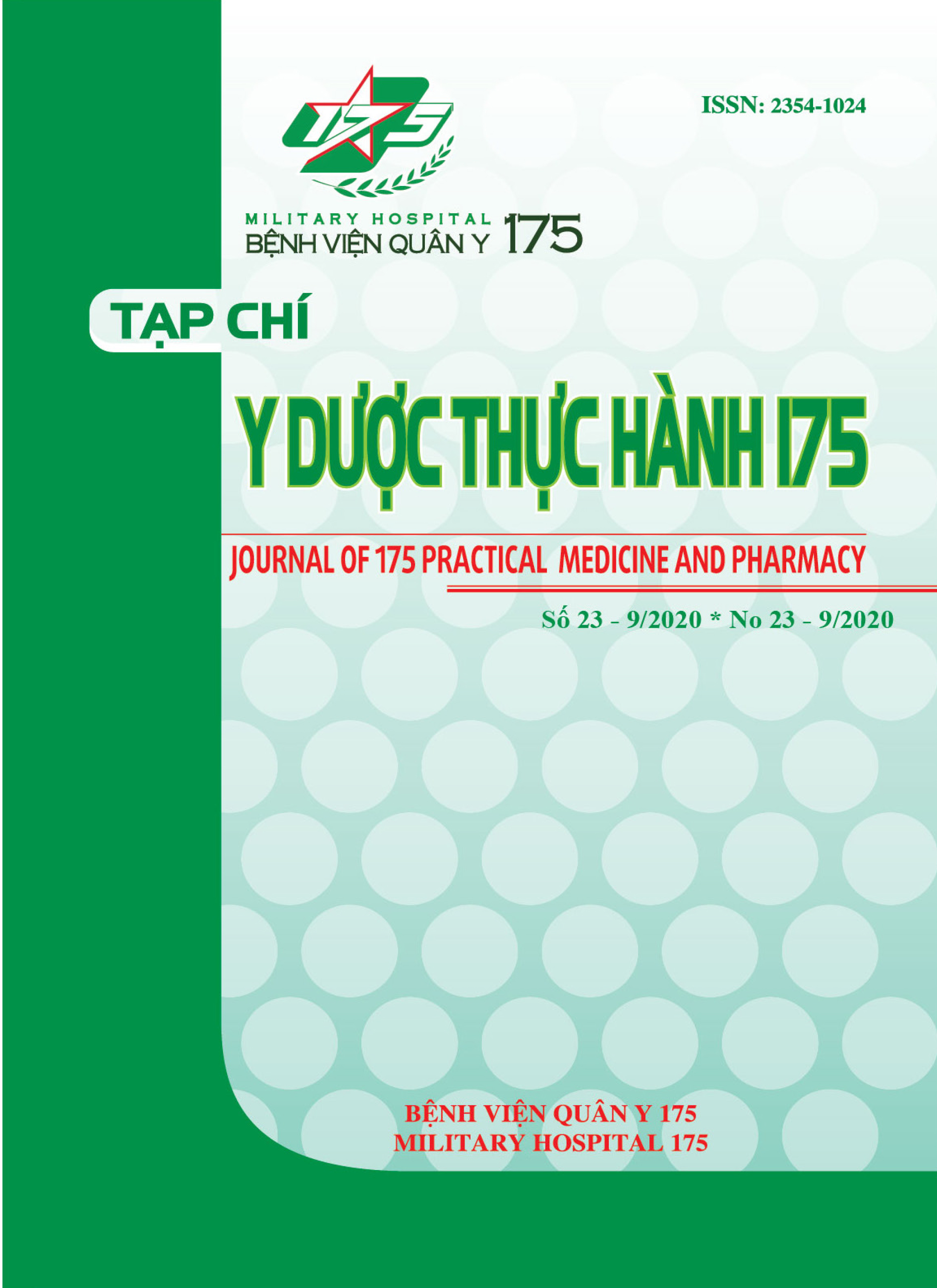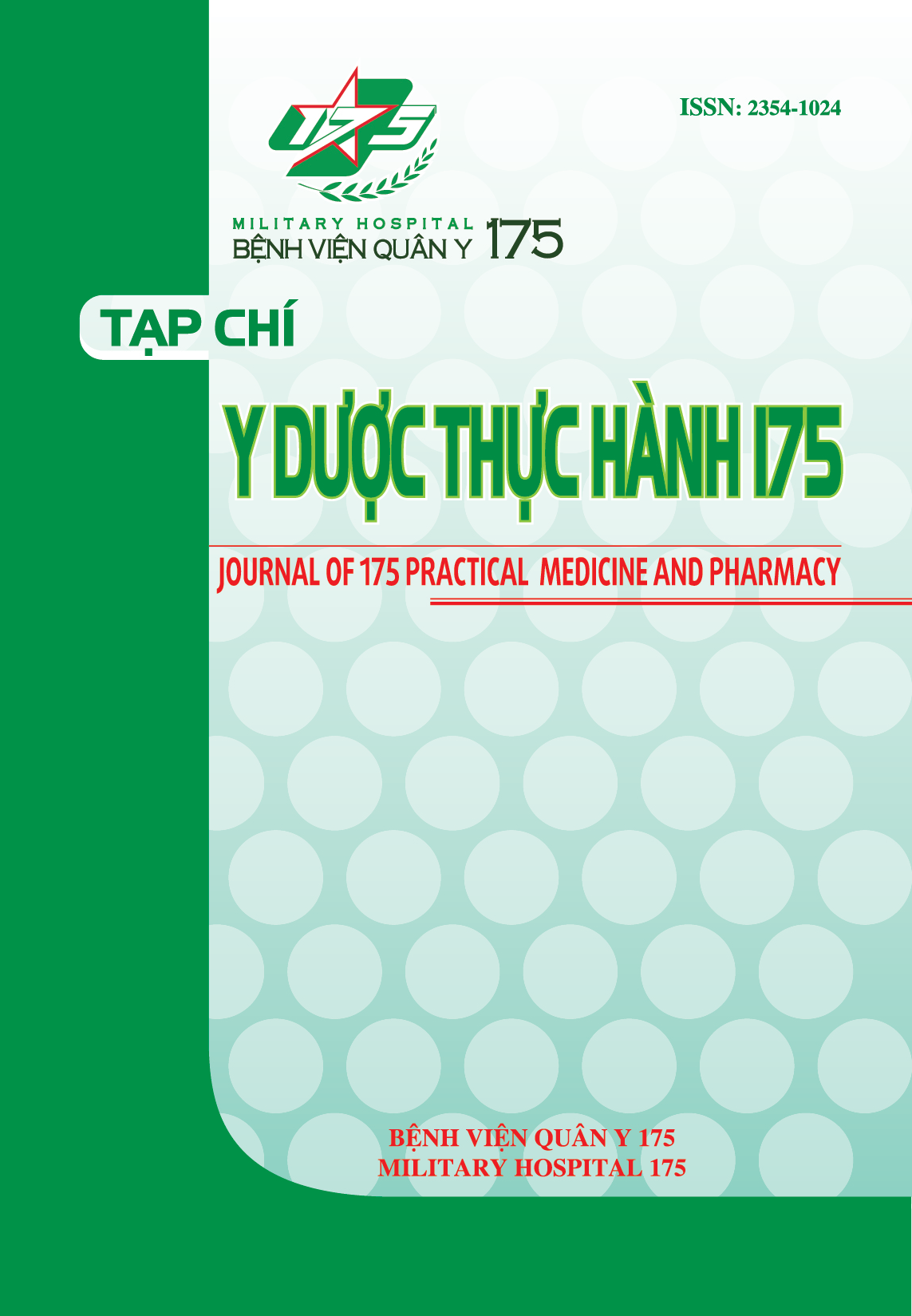PHỔ VI KHUẨN VÀ TÌNH HÌNH ĐỀ KHÁNG KHÁNG SINH TẠI BỆNH VIỆN AN SINH NĂM 2018
Các tác giả
Từ khóa:
Antibiotic resistance, bacteria, clinical specimentsTài liệu tham khảo
Báo cáo sử dụng kháng sinh và kháng kháng sinh tại 15 bệnh viện Việt Nam năm 2008-2009 (Report on AB use and resistance in 15 hospitals in Vietnam 2008-2009).
Bùi Nghĩa Thịnh, Phạm Anh Tuấn, Phạm Thị Huỳnh Giao, Nguyên Hồng Trường, Nguyễn Thiên Bình, Nguyễn Thị Phương Lan, Nguyễn Anh Trí, Đỗ Quốc Huy, “Khảo sát rình hình đề kháng kháng sinh của vi khuẩn tại khoa hồi sức tích cực và chống độc bệnh viện cấp cứu Trưng Vương”, http://www. bvtrungvuong.vn/LinkClick.aspx?filetick et=iH4cQ1DkOlY%3D&tabid=73
Lý Ngọc Kính, Ngô Thị Bích Hà và cộng sự, “tìm hiểu thực trạng sử dụng kháng sinh trong nhiễm khuẩn bệnh viện tại các đơn vị điều trị tích cực ở một số cơ sở khám, chữa bệnh” năm 2009-2010.
Nghiên cứu giám sát ANSORP từ 1/2000 đến 6/2001 (Song JH & ANSORP. Antimicrobial Agents And Chemotherapy, June 2004, p. 2101–2107).
Nghiên cứu KONSAR từ 2005- 2007 ở các bệnh viện Korea (Yonsei Med J. 2010 Nov; 51(6): 901-11)
Nguyễn văn Kính, “Phân tích thực trạng sử dụng kháng sinh và kháng kháng sinh tại Việt Nam, 2010” (Situation Analysis on Antibiotic Use and Resistance in Vietnam, 2010, GARP – Việt Nam) http://www.cddep.org/sites/ cddep.org/files/23-12_sit._an.-summary_ comments__vnese_version__-_271010. pdf:
Nguyễn Thị Thu Ba, Dương Văn Dũng, Nguyễn Thị Thu Hồng, Lê Trương Minh Nguyên, Nguyễn Minh Doan, “Đánh giá tình hình dịch tễ học vi khuẩn kháng kháng sinh và thực trạng sử dụng các Kháng sinh nhóm Beta-lactamin phổ rộng tại bệnh viện Hoàn Mỹ Đà Nẵng năm 2014”, http://www.hoanmy.com/Data/Sites/3/ userfiles/31/%C4%90%E1%BB%80%20 T % C 3 % 8 0 I % 2 0 D T H % 2 0 V K % 2 0 V A % 2 0 K S % 2 0 BETALACTAMIN_15%2012%2014.pdf
Nguyễn Phú Hương Lan, Nguyễn Văn Vĩnh Châu, Đinh Nguyễn Huy Mẫn, Lê Thị Dưng, Nguyễn Thị Thu Yến, (2012), “Khảo sát mức độ đề kháng kháng sinh của Acinobacter và Pseudomonas phân lập tại bệnh viện Bệnh nhiệt đới năm 2010”, thời sự y học 3/2012 - Số 68, p. 9-12
Nguyễn Thị Bích Yến (2017), “Phổ vi khuẩn và tình hình đề kháng kháng sinh ở bệnh viện An Sinh năm 2016”, http://www.ansinh.com.vn/News.aspx?Ne wsID=1211&CatID=75&TypeID=6
Bộ Y tế, Hướng dẫn thực hành kỹ thuật xét nghiệm vi sinh lâm sàng (Ban hành kèm theo Quyết định số 1539/QĐ- BYT ngày 20/4/2017 của Bộ trưởng Bộ Y tế)
Yen Nguyen, Van Le & Dien Mai (2018), “Spectrum and antibiotic resistance of pathogens at An Sinh private general hospital in 2017”, Vietnam journal of infectiuos diseases, No. 6, pp. 120-121.
Tải xuống
Tải xuống: 48










